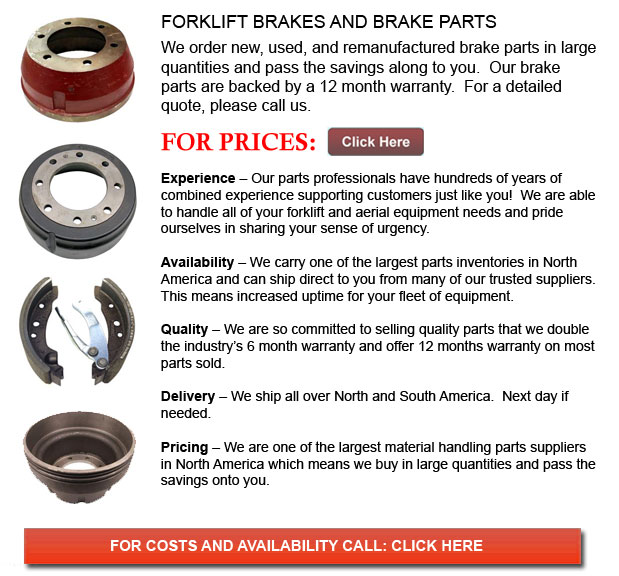
Brake for Forklift - A brake drum is in which the friction is supplied by the brake shoes or brake pads. The shoes or pads press up against the rotating brake drum. There are several various brake drums kinds with particular specific differences. A "break drum" will usually refer to when either shoes or pads press onto the inner surface of the drum. A "clasp brake" is the term used in order to describe when shoes press next to the outside of the drum. One more type of brake, referred to as a "band brake" utilizes a flexible belt or band to wrap around the exterior of the drum. If the drum is pinched in between two shoes, it could be known as a "pinch brake drum." Similar to a typical disc brake, these kinds of brakes are quite rare.
Previous to nineteen ninety five, old brake drums needed consistent modification periodically in order to compensate for shoe and drum wear. Long brake pedal or "Low pedal" travel is the dangerous outcome if adjustments are not executed satisfactorily. The motor vehicle could become dangerous and the brakes could become ineffective if low pedal is mixed together with brake fade.
There are different Self Adjusting Brake Systems obtainable, and they can be categorized within two major types, RAD and RAI. RAI systems have inbuilt tools that avoid the systems to recover if the brake is overheating. The most recognized RAI makers are Bosch, AP, Bendix and Lucas. The most well-known RAD systems consist of Bendix, Ford recovery systems, Volkswagen, VAG and AP.
Self-adjusting brakes normally make use of a tool that engages just if the vehicle is being stopped from reverse motion. This stopping approach is satisfactory for use where all wheels utilize brake drums. Nearly all vehicles today utilize disc brakes on the front wheels. By functioning only in reverse it is less likely that the brakes would be applied while hot and the brake drums are expanded. If adjusted while hot, "dragging brakes" can occur, which raises fuel intake and accelerates wear. A ratchet tool which becomes engaged as the hand brake is set is another way the self adjusting brakes may function. This means is only appropriate in applications where rear brake drums are utilized. Whenever the emergency or parking brake actuator lever exceeds a specific amount of travel, the ratchet developments an adjuster screw and the brake shoes move toward the drum.
There is a manual adjustment knob placed at the base of the drum. It is typically adjusted via a hole on the opposite side of the wheel and this involves getting underneath the forklift using a flathead screwdriver. It is of utmost importance to be able to move the click wheel properly and adjust every wheel equally. If uneven adjustment occurs, the vehicle may pull to one side during heavy braking. The most effective method so as to ensure this tedious task is accomplished safely is to either raise each and every wheel off the ground and spin it by hand while measuring how much force it takes and feeling if the shoes are dragging, or give every\each and every one the same amount of manual clicks and then do a road test.
![]() Click to Download the pdf
Click to Download the pdf
Forklift Parts
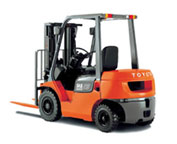
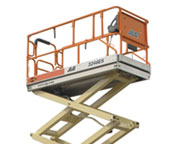
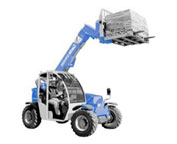
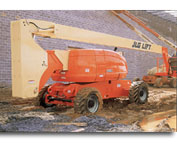
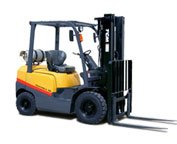
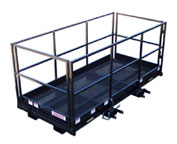
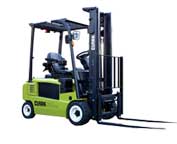
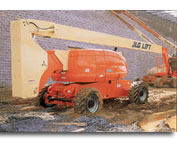
Lift Parts Express
TOLL FREE: 1-888-695-7994
LOCAL: 909-265-9037
1040 S MT VERNON AVE G-291
Rialto, California
forkliftpartsrialto.com
Email Us
About Us


